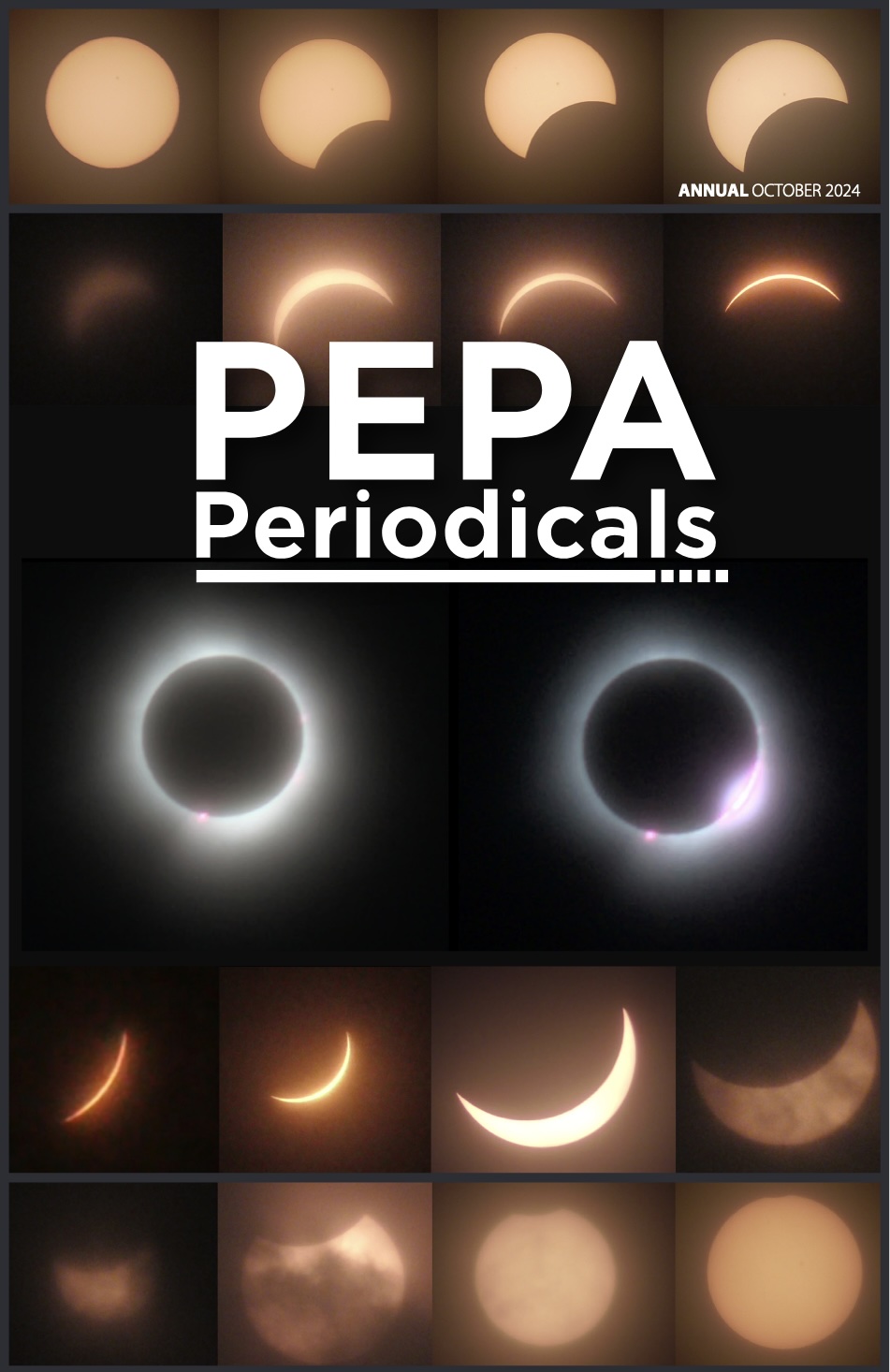Our quest to understand the Universe with neutrinos
Date
Monday November 18, 20242:30 pm - 3:30 pm
Location
STI AMarie Vidal
Stanford University
Abstract
I am fascinated by studying neutrinos because despite being the most abundant particle in the universe, our knowledge about them is limited. Key elements about the neutrinos, like their mass and place in the Standard Model are still unknown today. The observation of neutrino oscillations, which is possible only if neutrinos have mass, was the first hint of physics beyond the Standard Model. One proposed mechanism to explain the neutrinos’ small mass compared to other fermions, is that neutrinos could be Majorana particles, meaning that the neutrino is its own antiparticle. The question of whether the neutrino is a Majorana particle could explain the origin of the asymmetry between matter and antimatter we observe today. The nEXO experiment will search for neutrinoless double beta (0νββ) decay using a 5-tonne liquid xenon (LXe) time projection chamber (TPC), enriched to 90 % in 136Xe, with a projected half-life sensitivity > 1028 years after 10 years of data. With a general overview of the nEXO experiment, I will present the R&D efforts lead by the nEXO collaboration to maintain our sensitivity goal. I am also interested in coherent elastic neutrino-nucleus scattering, or CEνNS, because of the science we can learn from it. Coherent elastic neutrino-nucleus scattering provides a new observable that is a neutral current to detect neutrinos. This neutral current interaction is flavor blind, so we can detect all neutrino flavors, even the neutrinos that oscillated to another flavor! It can be used as a tool to study remaining discrepancies in reactors (5 MeV) and Gallium anomalies, and probe for the existence of a fourth sterile neutrino. NEWS-G (New Experiments With Spheres-Gas) is a rare event search experiment using Spherical Proportional Counters (SPCs). Primarily designed for the direct detection of dark matter, this technology also has appealing features for CEνNS studies. A study to assess the feasibility of observing CEνNS at a nuclear reactor will be presented. Both direct dark matter detection and CEνNS consist of nuclear recoils from elastic scatters. The calibration to nuclear recoils is primordial for both searches. I will present the experimental method and analysis framework that were used to extract the first calibration to neon nuclear recoils in neon gas.
Timbits, coffee, tea will be served in STI A before the colloquium.
 Queen's 2015 Nobel Prize in Physics
Queen's 2015 Nobel Prize in Physics
